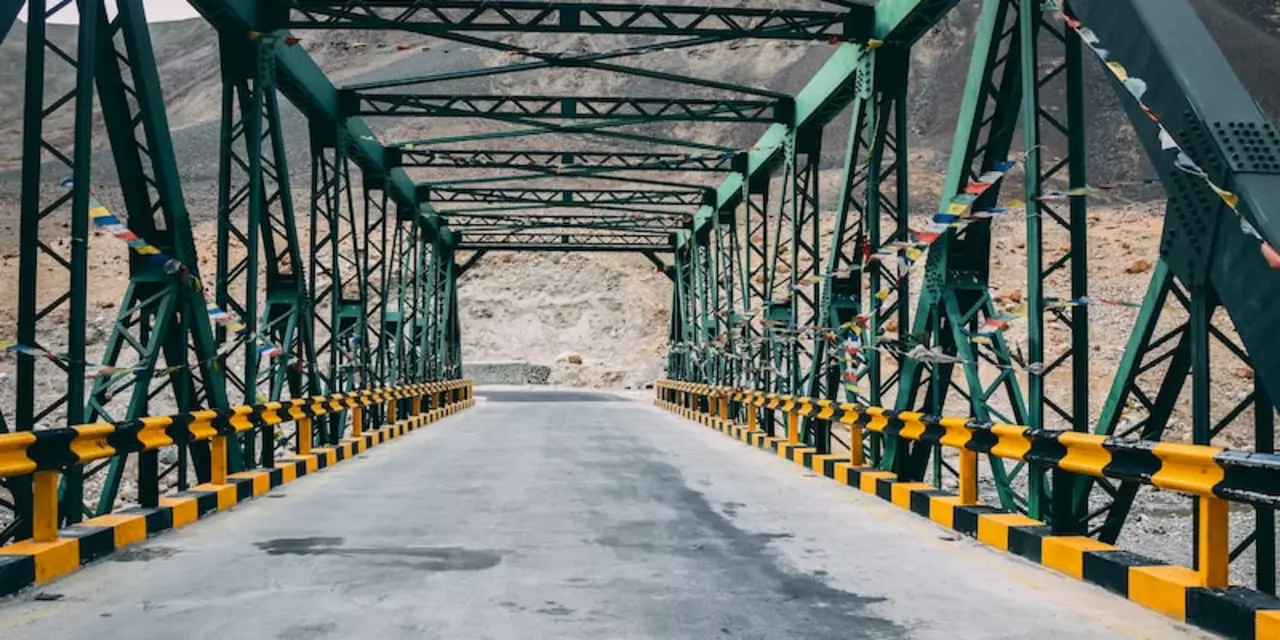Travel & Tourism in India: Why Inbound Numbers Lag and How to Boost Them
Ever wondered why India, with its stunning temples, bustling markets, and dramatic landscapes, isn’t drawing more foreign tourists? The answer isn’t a single issue – it’s a mix of infrastructure gaps, visa hassles, perception problems, and missed marketing opportunities. Let’s break down what’s holding back international visitors and what can turn the tide.
Infrastructure Gaps and High Travel Costs
First off, getting around India can feel like an adventure in itself. While the country has world‑class airports in major cities, many tourist hotspots still lack reliable public transport or quality road links. Travelers often end up paying extra for private cars or chaotic trains, which bumps up the overall cost of a trip.
Airfare is another pain point. Direct flights from Europe or the US are limited, forcing many tourists to connect through Middle Eastern hubs, which adds time and expense. When the price tag looks steeper than a trip to, say, Thailand, the decision to choose India gets pushed down the priority list.
Visa Hurdles and Safety Perceptions
Visa rules have improved, but the process can still feel cumbersome. Some travelers see the e‑visa system as a barrier, especially when documentation requirements differ by nationality. A smoother, more transparent visa experience would remove a big friction point.
Safety perception also plays a big role. Headlines about pollution, traffic accidents, or occasional security incidents create a narrative that India is a risky destination. In reality, most tourists have safe, memorable trips, but the lingering fear can stop them from even booking.
On top of these, India’s tourism policy has been fragmented. Different states promote their own attractions, but there’s no unified brand that tells the world, “Come see the whole of India, not just one corner.” This scattered approach dilutes the overall message and makes it harder for international marketers to sell a cohesive experience.
So, what’s being done? The Indian government has launched initiatives to upgrade airports, improve road connectivity, and simplify visa procedures. Campaigns like "Incredible India" are being refreshed to target newer markets and showcase off‑beat destinations beyond the usual Taj Mahal and Jaipur circuit.
For travelers, the upside is clear. Better transport means less time in transit and more time exploring. Streamlined visas mean fewer paperwork headaches. And a stronger safety narrative can boost confidence, encouraging more adventurous souls to book that long‑awaited India trip.Bottom line: India’s inbound tourism share is low not because the country lacks attractions, but because the travel experience needs polishing. If infrastructure, costs, visas, and perception improve, the world will finally catch up to the truth – India is a top‑tier travel destination waiting to be explored.
